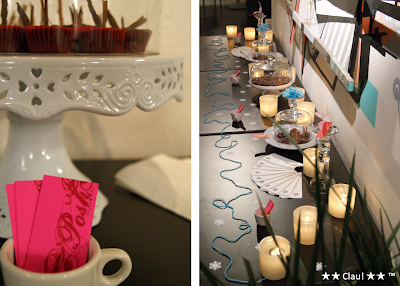Paracas Nazca Culture Mochica Culture
LOCATION.
On the northern coast, expanded by the voucher of the department of Lambayeque, La Libertad and Ancash.
. DISCOVERER
Federico Max Uhle in 1902.
. CHRONOLOGY
100 AD to 700 AD or so. It is contemporary Nazca, Tiahuanaco and Lima. GENERAL
Its origins are cultural expressions of Salinas, or Gallinazo Viru. Potential impact
Chavín.
Its capital city was in the Moche River basin, where it functioned as a sacred city and ceremonial (seat of government).
Considered the best potters of ancient Peru. Discovery of the Lord of Sipan in 1997 by Walter Alva. SOCIAL ORGANIZATION
class state and military.
were ruled by a warrior priest (Ciequich).
There is a very marked social stratification.
social classes: nobility military (Ciequich) Alaec (subordinate kings), the priestly caste (people with extensive knowledge), people (peasants, artisans and traders), slaves (prisoners of war). ECONOMIC ORGANIZATION
The base was in irrigated agriculture because of low rainfall on the coast.
also on marine and deer hunting.
corn was a culture of better quality. They made
waterworks: channels irrigation, besides the Guano used as fertilizer.
CULTURAL ASPECTS
Considered the best potters of ancient Peru, also made an excellent metallurgy, water conservancy, architecture, etc..
CERAMIC
valuable information is available on the economic, social and religious life of the Moche, provided by them in his ceramic sculptures. Called
illustrated dictionary, the best potters, was bichrome, sculpture, realistic and documentary. They
painted ceramics.
Huacos erotic (fertility rites).
Huacos pathological (disease).
ARCHITECTURE
Using Adobe (marked) made a mold, mud tax.
appear pyramids with ramps and entrances.
Huaca del Sol (Aia PAEG worship God) was the largest in South America.
Huaca de la Luna (cult of the dead) was the most important huaca.
Sipan (Lord of Sipan tomb).
RELIGION
the beheader
supreme God "Aia PAEG (Larco Hoyle.)
is a supernatural being the highest rank magic - religious.
human sacrifices were made.
WRITING
According Larco Hoyle had a script called pallariforme likely (based on the Pallas). According
Tello are gambling chips.
METALLURGY
excel in producing a variety of metallurgy and above all an incredible amount of symbolic emblems and jewelry used in ceremonies by the leaders and eventually were buried with their owner (Sipan).
worked gold, silver, copper and tumbaga (gold alloy - copper).
SIPÁN THE LORD OF
was found by the Peruvian archaeologist Walter Alva in April 1987.
Located at Sipan (Lambayeque) in Sipan.
His age would be 1700 years. Mr. died between 30 and 40 years of age from unknown causes.
With him were three women, two warriors, a boy, his dog, two llamas, all buried cane in coffins. In an upper layer was found the mummified remains of one individual who had foot amputees (guardian of the tomb).
currently found in The Museum of Lambayeque.
Its importance is that the tomb was found intact, it is also regarded as the first coffin found in Peru and America.
It is called the "Tutankhamun Peru." (1) --------------------------
Source:




































